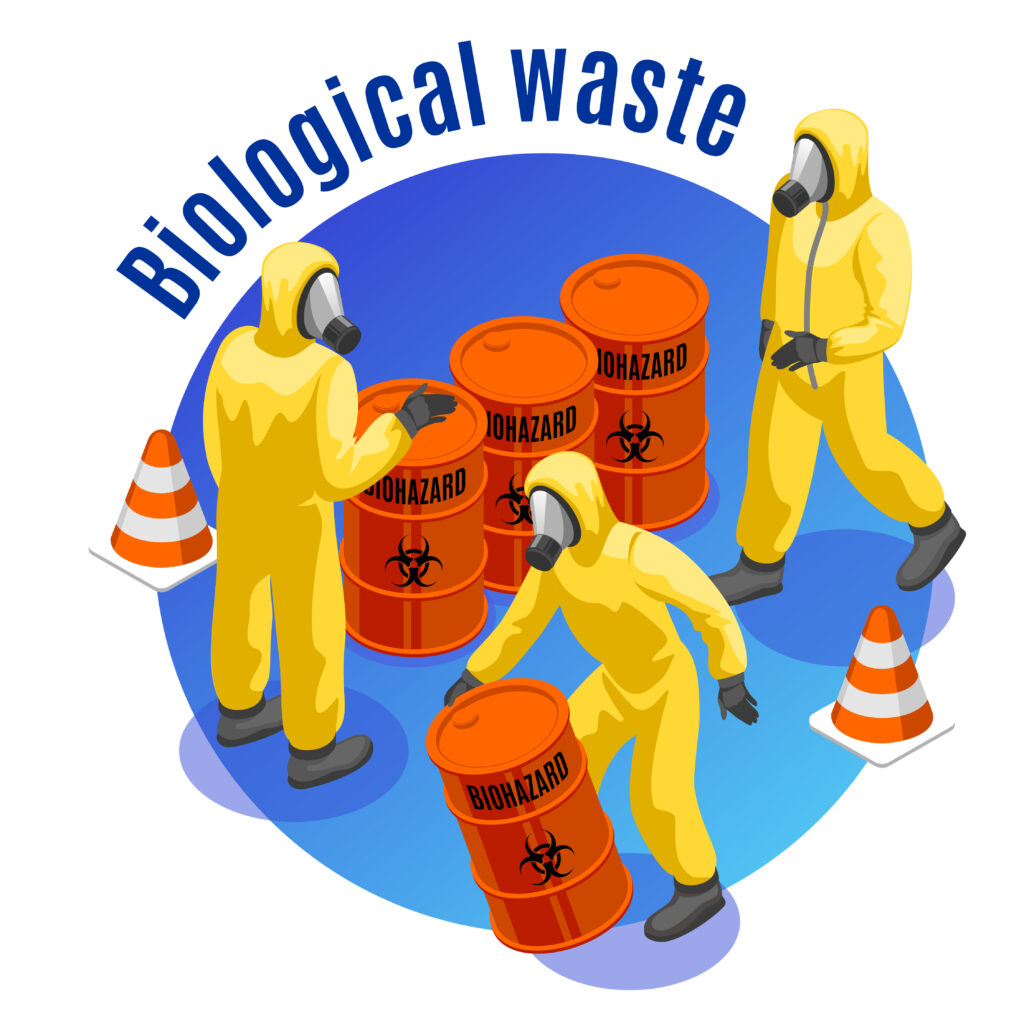In this article, we will discuss the Mistakes to Avoid When Using Sanitation Towels and provide insights on how to avoid them. Sanitation towels are essential tools for maintaining cleanliness and hygiene in various settings, including homes, workplaces, and public facilities. However, to ensure their effectiveness and maximize their benefits, it is crucial to use them correctly. By following these guidelines, you can avoid common mistakes you frequently practice in doing personal care and the intervention and also improve the cleanliness and sanitation practices in your environment.
Table of Contents
1. Introduction
Sanitation towels play a crucial role in maintaining cleanliness and preventing the spread of germs and contaminants. However, certain mistakes can compromise their effectiveness and pose risks to health and safety. To make the most out of sanitation towels, it is essential to understand the common mistakes and take appropriate measures to avoid them.
2. Mistake 1: Using a Single Towel for Multiple Tasks
One common hygiene mistakes is using a single sanitation towel for multiple cleaning tasks. This practice increases the risk of cross-contamination, where germs from one surface can be transferred to another. To prevent this, it is important to use separate towels for different cleaning purposes. Designating specific towels for specific areas or tasks will help maintain hygiene and prevent the spread of harmful bacteria and viruses.

3. Mistake 2: Not Following Proper Disposal Methods
Improper disposal of sanitation towels can lead to environmental pollution and health hazards. Many people make the mistake of disposing of used towels in regular trash bins instead of designated waste containers. It is crucial to follow proper disposal methods, such as using biohazard bags or sealed containers, especially when dealing with potentially contaminated towels. This prevents the spread of pathogens and ensures safe and responsible waste management.

4. Mistake 3: Neglecting to Clean and Store Towels Appropriately
Neglecting to clean and store sanitation towels properly can compromise their effectiveness and longevity. After use, towels should be washed thoroughly using hot water and detergent. Additionally, towels should be dried completely before storing them in a clean and dry area. Moist or damp towels can become breeding grounds for bacteria and mold, which can render them ineffective and unsuitable for future use.
5. Mistake 4: Using Expired or Damaged Sanitation Towels
Using expired or damaged sanitation towels is another mistake to avoid. Over time, sanitation towels can lose their effectiveness or develop tears and holes, rendering them less efficient in cleaning and disinfection. It is important to check the expiration dates on the packaging and inspect towels for any signs of damage before use. Using expired or damaged towels can compromise hygiene and potentially spread contaminants.
6. Mistake 5: Failing to Use Personal Protective Equipment (PPE)
Using sanitation towels often involves coming into contact with potentially harmful substances or contaminated surfaces. Failing to use personal protective equipment (PPE), such as gloves or masks, can put individuals at risk of exposure to pathogens or chemicals. It is crucial to wear appropriate PPE to protect yourself and prevent the transmission of germs while using sanitation towels.
7. Mistake 6: Using Sanitation Towels on Unsuitable Surfaces
Not all surfaces are suitable for cleaning with sanitation towels. Some delicate or sensitive materials may get damaged or discolored when exposed to certain chemicals or abrasive towels. It is important to read and follow the manufacturer’s instructions to determine which surfaces are safe to clean with sanitation towels. Using them on unsuitable surfaces can cause irreversible damage and compromise cleanliness.
8. Mistake 7: Not Considering Cross-Contamination Risks
Cross-contamination is a significant concern when using sanitation towels. Failing to consider cross-contamination risks can lead to the spread of pathogens from one surface to another, defeating the purpose of cleaning and disinfection. It is crucial to use separate towels for different areas or surfaces, especially when dealing with high-risk zones like restrooms or kitchens. This practice minimizes the risk of spreading germs and maintains a hygienic environment.
9. Mistake 8: Overusing or Underusing Sanitation Towels
Using sanitation towels excessively or inadequately can be counterproductive. Overusing towels not only wastes resources but can also lead to saturation, reducing their ability to effectively clean or disinfect surfaces. On the other hand, underusing towels may result in incomplete cleaning or disinfection, leaving behind harmful pathogens. It is important to follow the instructions provided by the manufacturer regarding the appropriate usage and saturation limits of sanitation towels.
10. Mistake 9: Using Strong Chemicals on Sanitation Towels
Using harsh or strong chemicals on sanitation towels can have adverse effects. Some chemicals may degrade the material of the towel or cause discoloration, rendering them less effective or visually unappealing. It is advisable to use cleaning agents specifically formulated for sanitation towels or those recommended by the manufacturer. This ensures compatibility and maximizes the performance of both the towel and the cleaning agent.
11. Mistake 10: Ignoring Manufacturer’s Instructions
One of the most common mistakes is ignoring the manufacturer’s instructions when using sanitation towels. Manufacturers provide specific guidelines on how to use, clean, and store their products for optimal performance and safety. Ignoring these instructions can lead to ineffective cleaning, reduced durability, or potential health hazards. Always refer to the manufacturer’s guidelines to ensure proper use and maintenance of sanitation towels.
12. Conclusion
Using sanitation towels effectively and avoiding common mistakes is essential for maintaining cleanliness and hygiene. By following the outlined guidelines and being mindful of potential pitfalls, you can ensure the optimal use of sanitation towels and enhance the overall sanitation practices in your environment. Remember to use separate towels for different tasks, toilet hygiene rules by using bathroom hygiene products, follow proper disposal methods, clean and store towels appropriately, and prioritize safety measures such as PPE. By doing so, you can contribute to a healthier and safer environment.
13. FAQs
Q1: Can I reuse sanitation towels?
It depends on the type of sanitation towel and the manufacturer’s guidelines. Some towels are designed for single-use only, while others can be laundered and reused. Always refer to the manufacturer’s instructions for the specific towel you are using.
Q2: Can I use any cleaning agent with sanitation towels?
It is recommended to use cleaning agents that are specifically formulated for sanitation towels or those recommended by the manufacturer. Using harsh or incompatible chemicals can compromise the effectiveness of the towel or cause damage.
Q3: How often should I replace sanitation towels?
The frequency of replacing sanitation towels depends on various factors, including usage intensity, exposure to chemicals, and signs of wear and tear. Regularly inspect the towels for damage or expiration dates and replace them as needed.
Q4: Can sanitation towels eliminate all germs and viruses?
Sanitation towels are effective in removing dirt, grime, and a significant number of germs and viruses. However, it is important to note that they may not eliminate all pathogens. For optimal hygiene, it is advisable to combine the use of sanitation towels with proper cleaning and disinfection protocols.
Q5: Can I use the same towel for different areas of my home?
To prevent cross-contamination, it is best to use separate towels for different areas or tasks within your home. This practice minimizes the risk of spreading germs from one surface to another.

